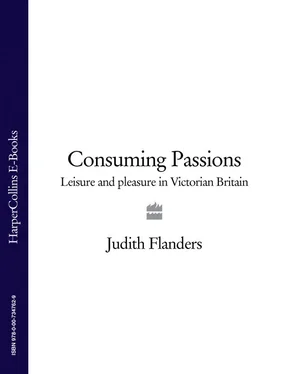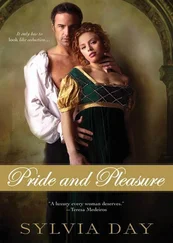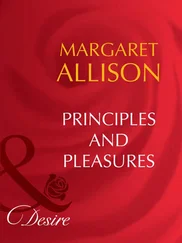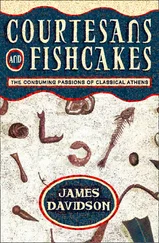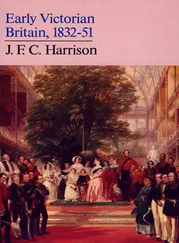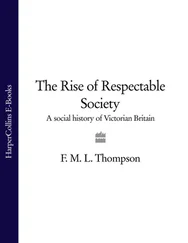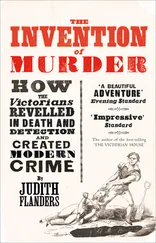Cook’s son John, aged seventeen, acted as his advance agent. He and others travelled to towns across Yorkshire and the Midlands to publicize the possibilities of travel to London and the Great Exhibition for working people. They distributed handbills, held meetings—often with a band playing outside a mill or factory on pay day, to attract a crowd—and helped to set up savings clubs for the fares and accommodation. These subscription clubs were crucial to the success of the Exhibition. Mayhew’s novel 1851 has the villagers of Buttermere paying into the ‘Travelling Association for the Great Exhibition of 1851…for months past, subscribing their pennies with the intention of having their share in that general holiday’, with the local squire acting as club treasurer. 69Other groups that came, supported by various savings methods, included parishes led by their clergymen, soldiers brought by their commanding officers, schools and Sunday schools by their teachers, and factory and mill workers by their employers. In Maldon and Braintree, the shops in both towns closed for a day to allow the entire towns’ populations to travel en masse to London. And all of them seemed to go by rail. The Great Western increased its passenger numbers by 38.3 per cent over the period; the London and South Western by 29.9 per cent; the London and Blackwall by 28.5 per cent; the South Eastern by 23.8 per cent; and the London and North-Western by 22.6 per cent. The last of these claimed that, for the duration of the fair, it had carried over three-quarters of a million passengers, and that 90,000 of these were excursionists, in 145 special excursion trains, travelling from the north for 5 s. return. 70
While these excursionists were evidently not rich, they brought home to the manufacturers, the industrialists, a new economic truth. It had become increasingly apparent over the previous half-century that there was as much money—if not more—to be made from large numbers of relatively low-income consumers as there was from the tiny numbers of high-earners. The concept of the mass market was taking shape, personified by the Great Exhibition. This was in some ways an oddity, since the fair itself was not a particularly good example of mass production. The 300,000 panes of glass used in the Crystal Palace were not machine made, but instead were each individually hand-blown, 71although it is true that the very nature of the building, with its innovative prefabricated sections that could be made off-site and then assembled, looked towards the future of mass production. For the moment the mass market centred around the many linked products that were appearing without the formal imprimatur of the Great Exhibition. Cassell produced The Illustrated Exhibitor , published at 2 d. per part, issued weekly, which when completed made up a four-volume illustrated survey of the Exhibition, either as a souvenir of a visit or for those who had not managed to get to London. *Within a month of the first part appearing, Cassell was selling 100,000 copies, giving him a monthly turnover of nearly £3,500. 72This was only one of many works published to catch on to—and cash in on—the excitement of the fair. There were numerous guides published to coincide with the opening of the Exhibition, by anyone who chose to enter the field. Cassell himself published The London Conductor , whose subtitle made it pretty clear at whom it was aimed: Being a Guide for Visitors to the Great Industrial Exhibition, through the principal portions of the metropolis; including a brief history and description of the palaces, parks, churches; government, legal, and commercial buildings; bridges, statues, museums, hospitals, club-houses, theatres, and streets of London; and the remarkable places in its vicinity —basically, anyone arriving in London for the first time. †It cost 9 d. , and went through two editions almost immediately, despite not being particularly accurate. A third edition, without illustrations, came out with corrections and a reduced cover price; a fourth edition, with the pictures reinstated, was needed by September. 73(Cassell, who rarely missed a trick when it came to marketing, advertised in the first edition the forthcoming ‘ Le Conducteur de Londres , prix 1 1/ 2schelling’.)
Far more than just guidebooks found a useful commercial link to the Exhibition. There were comic stories of rustics up from the country, like the, to modern eyes, gloomily unfunny Jimmy Trebilcock; or, the Humorous Adventures of a Cornish Miner, at the Great Exhibition, What he Saw and What he didn’t See . There were political satires, using the Exhibition for parody purposes, such as Mr Goggleye’s Visit to the Exhibition of National Industry to be Held in London on the 1st of April [ sic ] 1851 . There were dozens—if not dozens of dozens—of children’s books describing the fair, such as The Crystal Palace: A Little Book for Little Boys , and Little Henry’s Holiday at the Great Exhibition (which devoted a remarkable amount of space to the Exhibition’s finances, taking an entire page to list ticket prices, and even calculating how much money had been made by the time the book went to press in early June—£137,697 13 s. , the author estimated), and Fireside Facts from the Great Exhibition (which appears to have lifted material wholesale from Little Henry’s Holiday ). These were followed by books of educational intent, or instant reminiscence, appearing within months: Lectures on the Results of the Great Exhibition of 1851 ; What I Saw in London, or, Men and Things in the Great Metropolis ; Frolick & Fun, or What Was Seen and Done in London in 1851 ; Glimpses and Gatherings during a voyage and visit to London and the Great Exhibition in the summer of 1851 ; and many many more.
New forms of advertising also appeared. W. H. Smith, a newspaper distributor, had rented a bookstall at the London and North-Western Railway’s Euston station in 1848. In the year of the Great Exhibition he obtained a monopoly of all the London and North-Western’s station bookstalls and he also began to rent out space for advertisements on the platforms, which, with the hordes of visitors pouring through the stations heading for Hyde Park, began to seem like a paying proposition. *Soon everyone was advertising individual products through references to the Exhibition. Samuel Brothers’ flyer was headed ‘The Great Exhibition in London, High Art! High Success!! and High Principle!!!’, with, underneath, a list of items of ready-made clothing and their prices, together with an image of the brothers’ shopfront, cropped in tightly to make it look like a display case at the fair. 74
The visitors to London were presented with the obvious commercial link between the goods on display at the Great Exhibition and those on display in shop windows. But they were also presented with another link—between the Great Exhibition as a fair, a source of entertainment, and the shows of London. It was not as though there was no other form of entertainment in London, for both rich and poor, for those looking for education and for those out only for amusement. London always had entertainment (see Chapter 7), but in the summer of 1851 it particularly revolved around the Great Exhibition. The Zoological Gardens in Regent’s Park made sure that its new buildings would be ready in time for the influx of visitors, and highlighted the just finished outdoor tank for its hippopotamus, and two new aviaries. (Attendance soared to a record 677,000 that year.) James Wyld, an MP and map-seller, bought a ten-year lease on the plot of land in the centre of Leicester Square, where he built a rotunda, eighty-five feet in diameter, with a sixty-foot globe on top. A series of staircases led the visitor up to platforms from which illustrations of various geographic phenomena could be viewed—volcanoes, ice floes and so on. The Polytechnic Institute advertised a series of lectures on ‘all the MOST INTERESTING DEPOSITS at the GREAT EXHIBITION’. 75
Читать дальше
